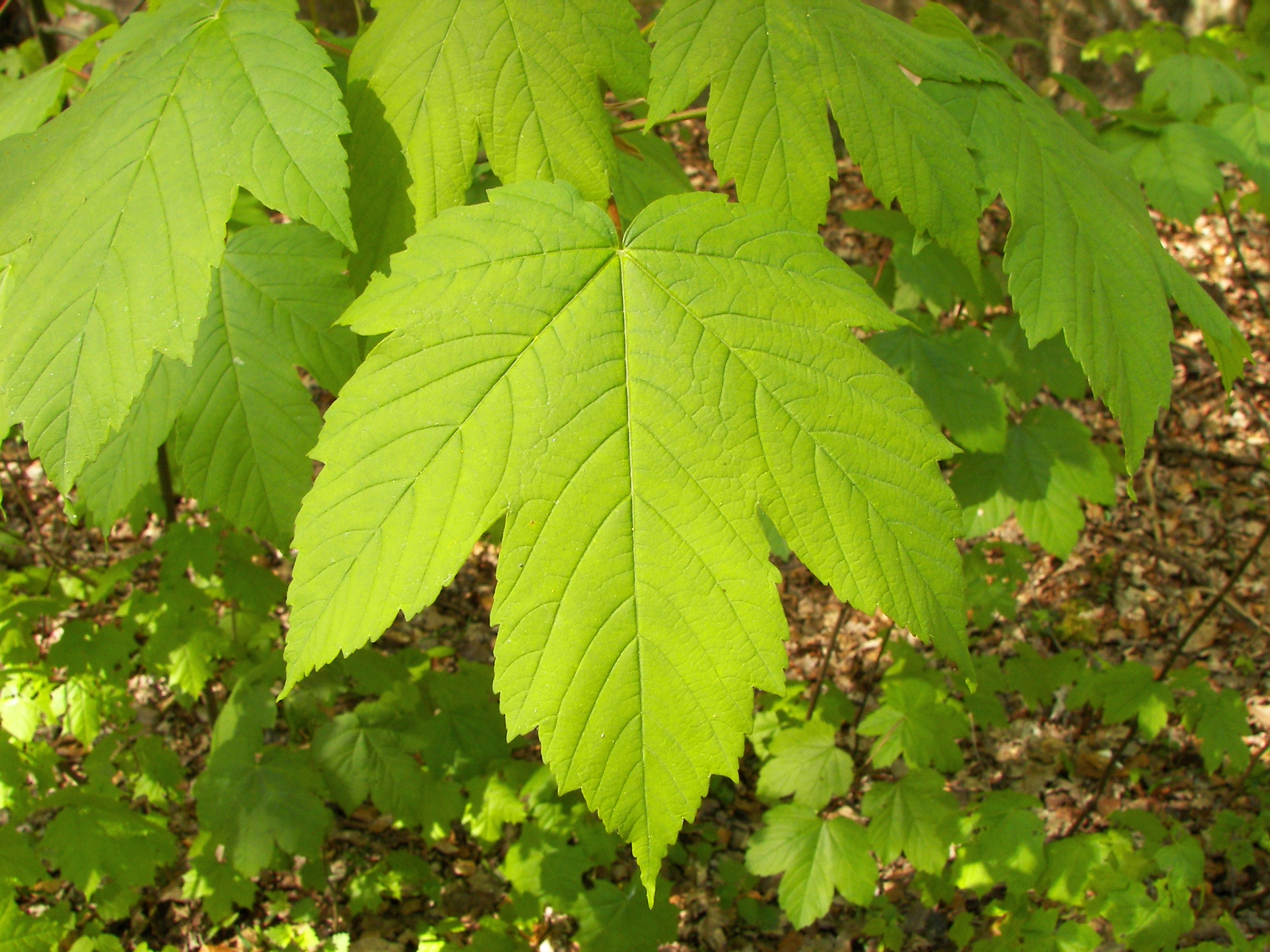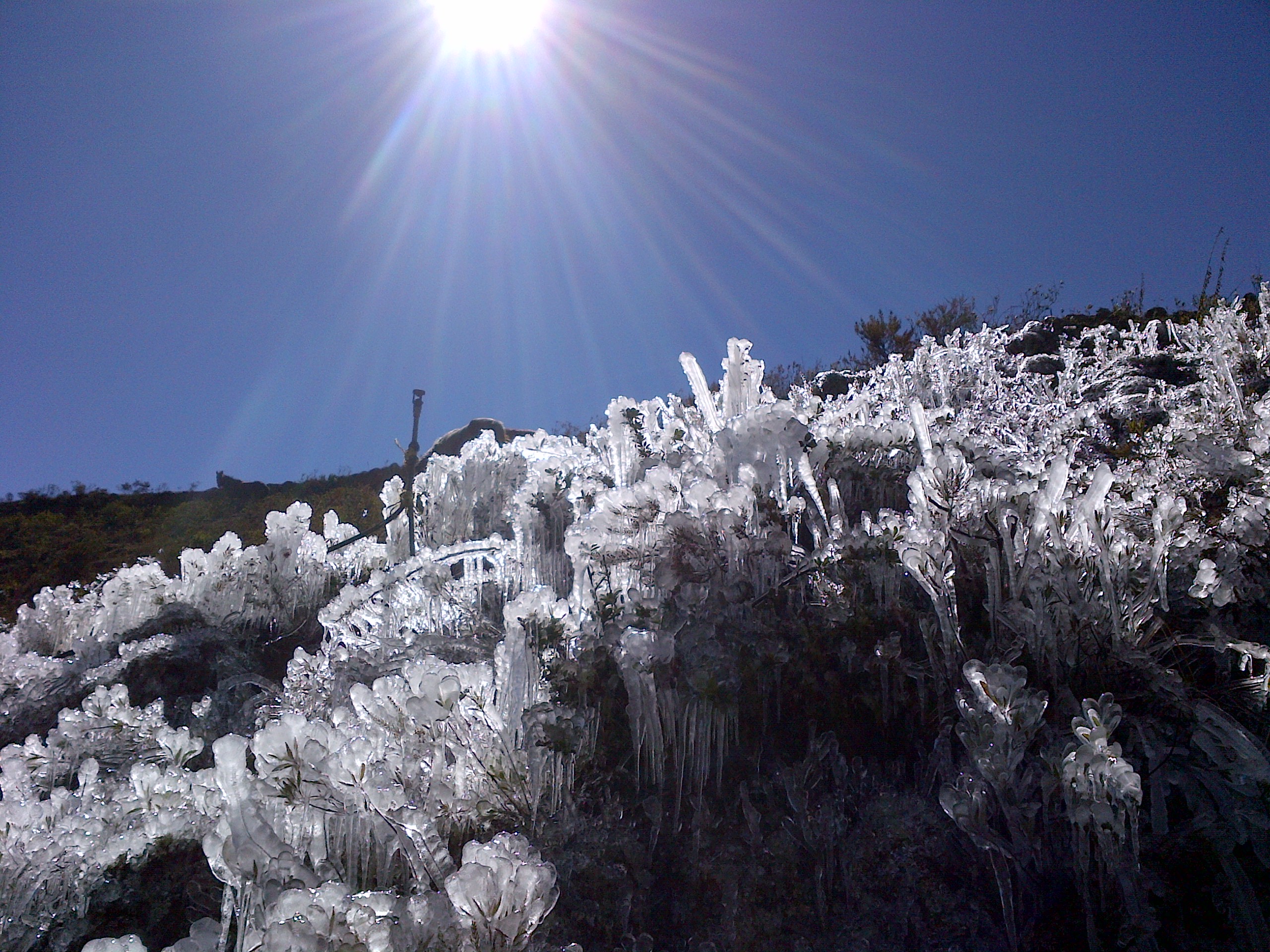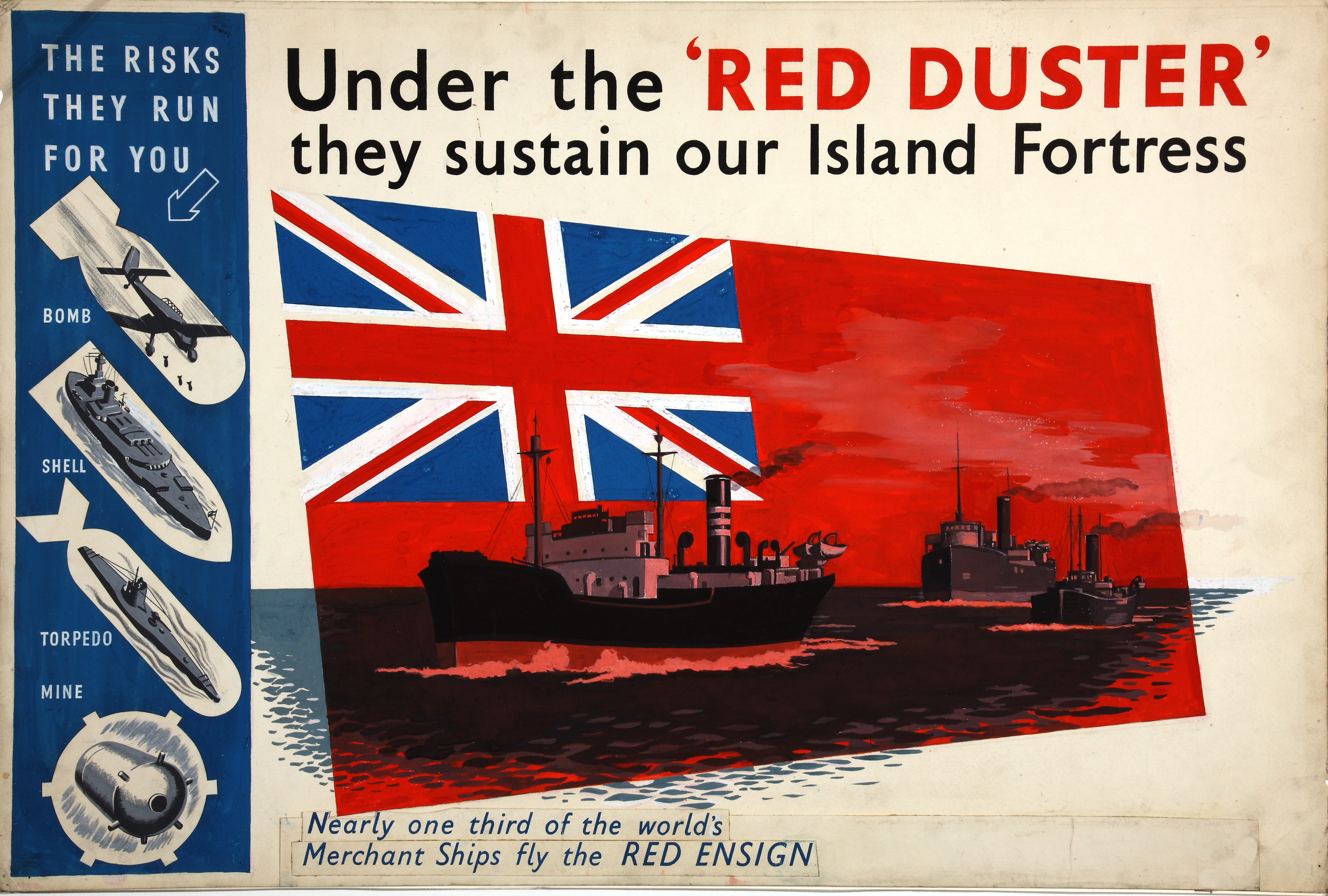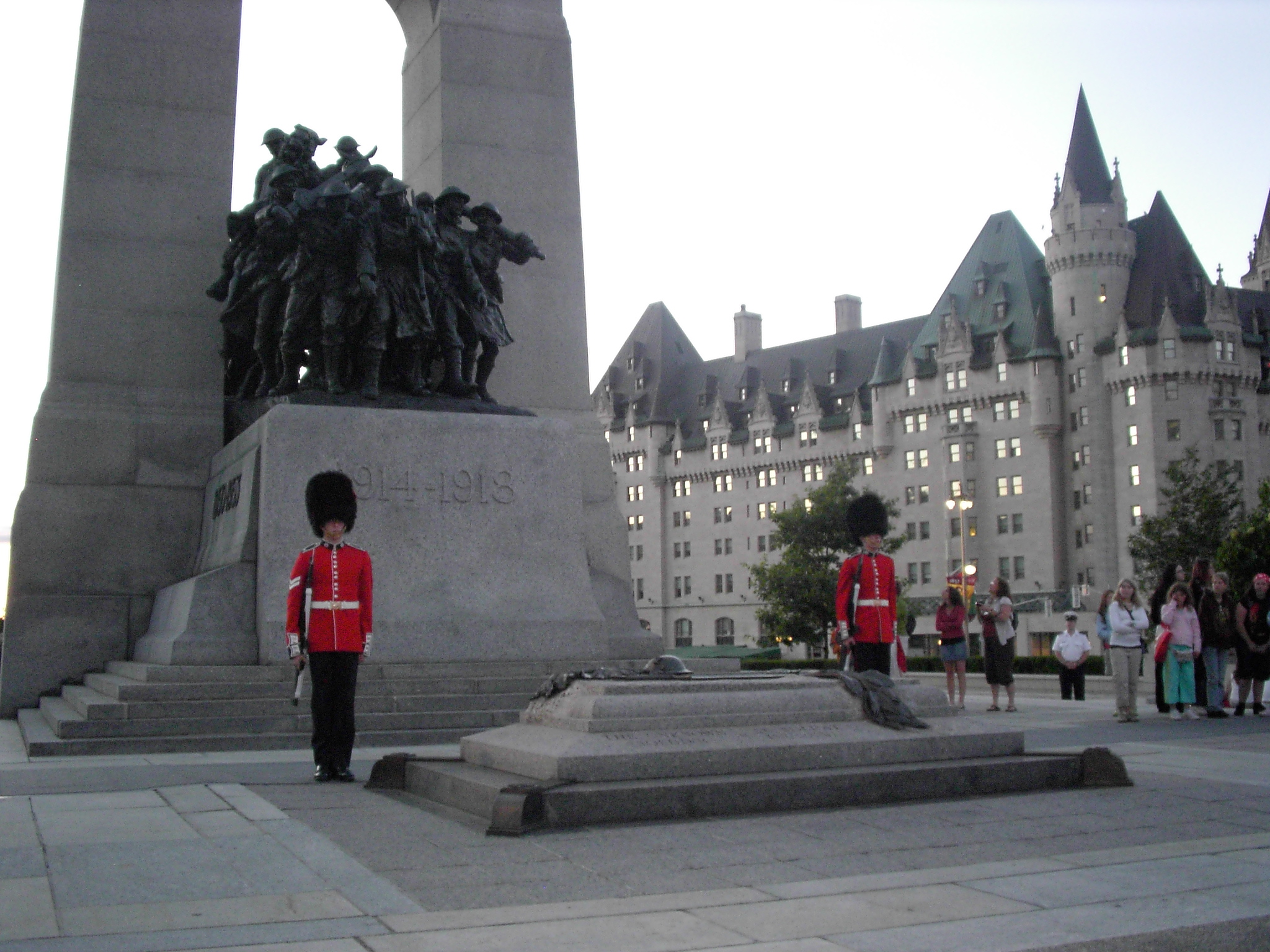|
National Symbol Of Canada
Over the course of centuries, a multitude of national symbols and material items have arisen as uniquely Canadian or possessing uniquely Canadian characteristics. These symbols and items represent the culture of Canada— protectionism of that culture, identity, values, nationalism, and the heritage of its inhabitants. Themes and symbols of nature, pioneers, trappers, and traders played an important part in the early development of Canadian symbolism. Modern symbols emphasize the country's geography, cold climate, lifestyles, and the Canadianization of traditional European and indigenous symbols. A 2013 Statistics Canada survey found that more than 90% of those polled believed that the national flag and the Canadian Charter of Rights and Freedoms were the top symbols of Canadian identity. Next highest were the national anthem ("O Canada"), the Royal Canadian Mounted Police, and ice hockey. A similar poll by Ipsos-Reid in 2008 indicated that the maple leaf was the primary item t ... [...More Info...] [...Related Items...] OR: [Wikipedia] [Google] [Baidu] |
Maple Leaf
The maple leaf is the characteristic leaf of the maple tree. It is most widely recognized as the national symbols of Canada, national symbol of Canada. History of use in Canada By the early 1700s, the maple leaf had been adopted as an emblem by the French Canadians along the Saint Lawrence River. Its popularity with French Canadians continued and was reinforced when, at the inaugural meeting of the Saint-Jean-Baptiste Society in 1834, the maple leaf was one of numerous emblems proposed to represent the society. Speaking in its favour, Jacques Viger (1787–1858), Jacques Viger, the first mayor of Montreal, described the maple as "the king of our forest; ... the symbol of the Canadian people." The maple leaf slowly caught on as a national symbol. In 1868, it was included in the coat of arms of Ontario and the coat of arms of Quebec, and was added to the Canadian coat of arms in 1921. Historically, the golden maple leaf had represented Ontario, while the green maple leaf had re ... [...More Info...] [...Related Items...] OR: [Wikipedia] [Google] [Baidu] |
Frost
Frost is a thin layer of ice on a solid surface, which forms from water vapor that deposits onto a freezing surface. Frost forms when the air contains more water vapor than it can normally hold at a specific temperature. The process is similar to the formation of dew, except it occurs below the freezing point of water typically without crossing through a liquid state. Air always contains a certain amount of water vapor, depending on temperature. Warmer air can hold more than colder air. When the atmosphere contains more water than it can hold at a specific temperature, its relative humidity rises above 100% becoming supersaturated, and the excess water vapor is forced to deposit onto any nearby surface, forming seed crystals. The temperature at which frost will form is called the dew point, and depends on the humidity of the air. When the temperature of the air drops below its dew point, excess water vapor is forced out of solution, resulting in a phase change directly fro ... [...More Info...] [...Related Items...] OR: [Wikipedia] [Google] [Baidu] |
Autumn
Autumn, also known as fall (especially in US & Canada), is one of the four temperate seasons on Earth. Outside the tropics, autumn marks the transition from summer to winter, in September (Northern Hemisphere) or March ( Southern Hemisphere). Autumn is the season when the duration of daylight becomes noticeably shorter and the temperature cools considerably. Day length decreases and night length increases as the season progresses until the winter solstice in December (Northern Hemisphere) and June (Southern Hemisphere). One of its main features in temperate climates is the striking change in colour of the leaves of deciduous trees as they prepare to shed. Date definitions Some cultures regard the autumnal equinox as "mid-autumn", while others with a longer temperature lag treat the equinox as the start of autumn. In the English-speaking world of high latitude countries, autumn traditionally began with Lammas Day and ended around Hallowe'en, the approximate mid-poin ... [...More Info...] [...Related Items...] OR: [Wikipedia] [Google] [Baidu] |
Spring (season)
Spring, also known as springtime, is one of the four temperate seasons, succeeding winter and preceding summer. There are various technical definitions of spring, but local usage of the term varies according to local climate, cultures and customs. When it is spring in the Northern Hemisphere, it is autumn in the Southern Hemisphere and vice versa. At the spring equinox, also called the vernal equinox, Daytime (astronomy), days and nights are approximately twelve hours long, with daytime length increasing and nighttime length decreasing as the season progresses until the summer solstice. The spring equinox is in March in the Northern Hemisphere and in September in the Southern Hemisphere, while the summer solstice is in June in the Northern Hemisphere and in December in the Southern Hemisphere. Spring and "springtime" refer to the season, and also to ideas of rebirth, rejuvenation, renewal, resurrection and regrowth. Subtropical and tropical areas have climates better described ... [...More Info...] [...Related Items...] OR: [Wikipedia] [Google] [Baidu] |
Regional Tartans Of Canada
Regional tartans of Canada are represented by all Canada, Canada's Provinces and territories of Canada, provinces and territories having a regional tartan, as do many other regional divisions in Canada. Tartans were first brought to Canada by Scottish Canadian, Scottish settlers; the first province to adopt one officially was Nova Scotia in 1956 (when registered at the Court of the Lord Lyon; adopted by law in 1963), and the most recent province was Ontario, in 2000. Except for the tartan of Quebec, all of the provincial and territorial tartans are officially recognized and registered in the books of the Court of the Lord Lyon, King of Arms of Scotland. Maple Leaf tartan The official tartan for Canada as a whole is known as the "Maple Leaf tartan" and became an official national symbol in 2011. The maple leaf tartan was designed in 1964 by David Weiser to commemorate the new Flag of Canada, Canadian flag.Lewis (2004), p. 286 The four colours reflect the colours of the maple leaf a ... [...More Info...] [...Related Items...] OR: [Wikipedia] [Google] [Baidu] |
Penny (Canadian Coin)
In Canada, a penny (minted 1858–2012) is an out-of-production and out-of-circulation coin worth one cent, or of a dollar. The Royal Canadian Mint refers to the coin as the "1-cent coin", but in practice the terms ''penny'' and cent predominate. First minted in 1858, the cent was primarily issued as a bronze or with bronze-plated coin throughout its production. Like all Canadian coins, the obverse depicts the reigning Canadian monarch at the time of issue. Attempts to abolish the penny began in the late 20th century but were initially met with resistance as they were considered a necessity to pay provincial sales taxes. Money had been lost in penny production since at least the mid-1980s and surveys indicated the coin was falling out of use. Attitudes against the penny grew in the late 2000s decade and, in 2010, the Standing Senate Committee on National Finance recommended the penny be removed from circulation. Production of the penny ceased in May 2012, and the Royal Ca ... [...More Info...] [...Related Items...] OR: [Wikipedia] [Google] [Baidu] |
Coat Of Arms Of Canada
The coat of arms of Canada, also known as the Royal Coat of Arms of Canada or, formally, as the Arms of His Majesty The King in Right of Canada is the arms of dominion of the Monarchy of Canada, Canadian monarch and, thus, also the official coat of arms of Canada. In use since 1921, it is closely modelled after the royal coat of arms of the United Kingdom, with French and distinctive Canadian elements replacing or added to those derived from the British version. The maple leaves in the shield, blazoned "proper" (i.e., in natural colour), were originally drawn ''Vert (heraldry), vert'' (green), but were redrawn ''Gules (heraldry), gules'' (red) in 1957 and a circlet of the Order of Canada was added to the arms for limited use in 1987. The arms are registered with the Canadian Heraldic Authority and protected under Crown copyright; they are used to signify Canadian sovereignty, national sovereignty and the Government of Canada, federal government uses the arms to represent the ... [...More Info...] [...Related Items...] OR: [Wikipedia] [Google] [Baidu] |
Red Ensign
The Red Ensign or Red Duster is the civil ensign of the United Kingdom. It is one of the British ensigns, and it is used either plain or defacement (flag), defaced with either a Glossary of vexillology#Flag elements, badge or a Glossary of vexillology#Flag elements, charge, mostly in the right half. It is the flag flown by British merchant or passenger ships since 1707. Prior to 1707, an Kingdom of England, English red ensign and a Kingdom of Scotland, Scottish red ensign were flown by the History of the Royal Navy (before 1707), English Royal Navy and the Royal Scots Navy, respectively. The precise date of the first appearance of these earlier red ensigns is not known, but surviving payment receipts indicate that the English navy was paying to have such flags sewn in the 1620s. History England (pre-1707) Prior to the reorganisation of the Royal Navy in 1864, the plain red ensign had been the ensign of one of three squadrons of the Royal Navy, the Coloured squadrons of ... [...More Info...] [...Related Items...] OR: [Wikipedia] [Google] [Baidu] |
Canadian Armed Forces
The Canadian Armed Forces (CAF; , FAC) are the unified Military, military forces of Canada, including sea, land, and air commands referred to as the Royal Canadian Navy, Canadian Army and the Royal Canadian Air Force. Under the ''National Defence Act'', the Canadian Armed Forces are an entity separate and distinct from the Department of National Defence (Canada), Department of National Defence (the Government of Canada, federal government department responsible for the administration and formation of defence policy), which also exists as the civilian support system for the forces. The Commander-in-Chief of the Canadian Armed Forces, command-in-chief of the Canadian Armed Forces is constitutionally vested in the Monarchy of Canada, monarch, , who is represented by the Governor General of Canada, Governor General. The Chief of the Defence Staff (Canada), chief of the Defence Staff is the professional head of the Canadian Armed Forces, who under the direction of the Minister of Nati ... [...More Info...] [...Related Items...] OR: [Wikipedia] [Google] [Baidu] |
Beaver Sculpture, Centre Block
Beavers (genus ''Castor'') are large, semiaquatic rodents of the Northern Hemisphere. There are two existing species: the North American beaver (''Castor canadensis'') and the Eurasian beaver (''C. fiber''). Beavers are the second-largest living rodents, after Hydrochoerus, capybaras, weighing up to . They have stout bodies with large heads, long chisel-like incisors, brown or gray fur, hand-like front feet, Webbed foot, webbed back feet, and tails that are flat and scaly. The two species differ in skull and tail shape and fur color. Beavers can be found in a number of Freshwater ecosystem, freshwater habitats, such as rivers, streams, lakes and ponds. They are herbivorous, consuming Bark (botany), tree bark, aquatic plants, grasses and sedges. Beavers build Beaver dam, dams and lodges using tree branches, vegetation, rocks and mud; they chew down trees for building material. Dams restrict water flow, forming ponds, and lodges (usually built in ponds) serve as shelters. Thei ... [...More Info...] [...Related Items...] OR: [Wikipedia] [Google] [Baidu] |
Military History Of Canada
The military history of Canada spans centuries of conflicts within the country, as well as international engagements involving the Canadian Armed Forces, Canadian military. The Indigenous nations of Canada engaged in conflicts with one another for millennia. The arrival of European settlers in the 17th century led to new alliances and hostilities among Indigenous nations and colonial powers, leading to conflicts such as the Beaver Wars. The late 17th and 18th centuries saw French and Indian Wars, four major British-French conflicts fought in Canada, culminating with the British Conquest of New France, conquest of New France in 1760. This reshaped the region and contributed to the American Revolutionary War, during which American attempts to Invasion of Quebec (1775), seize Quebec and Nova Scotia in the American Revolution, spark a revolt in Nova Scotia failed. The 19th century brought both external threats and internal challenges to British North America. While its colonies repell ... [...More Info...] [...Related Items...] OR: [Wikipedia] [Google] [Baidu] |






